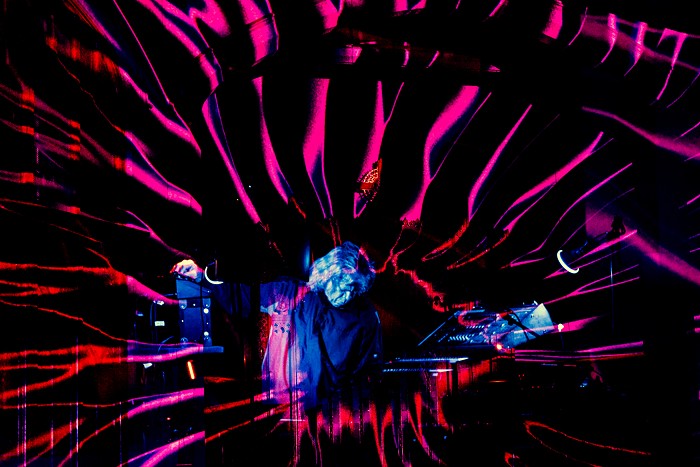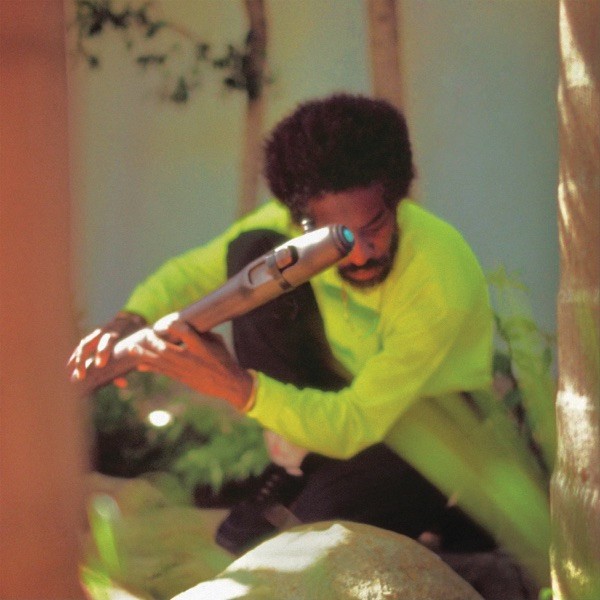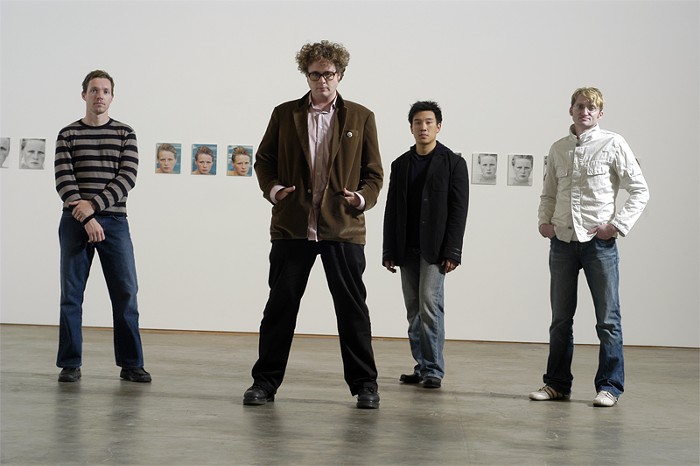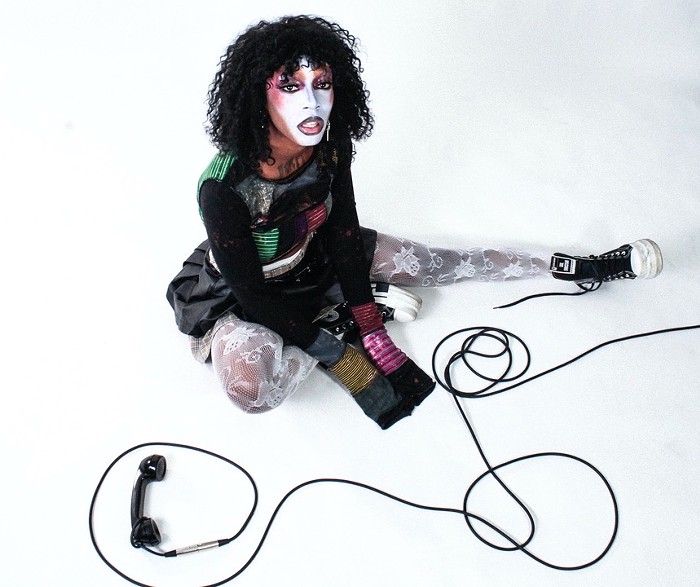TUDOR CHOIR
It is my fervent fantasy to round up every composer who has written a choral piece in which the words congeal into incomprehensible mush, slap them, and make them listen to shapenote music. In this folk tradition (over two centuries old), the words are comprehensible, while the voices are unbridled and free of excessive, word-disfiguring vibrato. In good a cappella ensembles such as the Tudor Choir, the fun and camaraderie are palpable. Shapenote tunes themselves are undiluted Americana: plaintive melodies, sung without instrumental accompaniment, that never leave your ears once you hear them.
This folk music, preserved in the rural South, has unusual origins and practices. Unlike typical choral singing, where singers read music from the 12-note scale, shapenote singing employs four shapes to indicate the pitch. "The melody is in the tenor line, a characteristic of early music as far back as harmonized plainchant," Doug Fullington, conductor of the Tudor Choir, elaborates. "Tunes are first sung through using the names of the shaped noteheads (fa, sol, la, and mi), rather than the words. This was a sight-singing technique taught in 18th- and 19th-century singing schools."
As a former (and, alas, mediocre) choral singer, I wondered how the Tudors manage to sing at such a hearty volume while maintaining the clarity of the words in performance. "We try to pronounce the words as we would say them," says Fullington, "without modifying them the way singers often do with other types of music."
This concert, dubbed "American Folk Holiday," celebrates the release of An American Christmas (Loft Recordings), an arresting CD of hymns. Along with shapenote singing, fiddler Cathie Whitesides joins the Tudor Choir to play some down-home New England and Appalachian fiddle tunes. CHRISTOPHER DeLAURENTI
The Tudor Choir performs Fri Nov 29 at 8 pm (Town Hall, Eighth and Seneca, 323-9415), $12-$22.


















